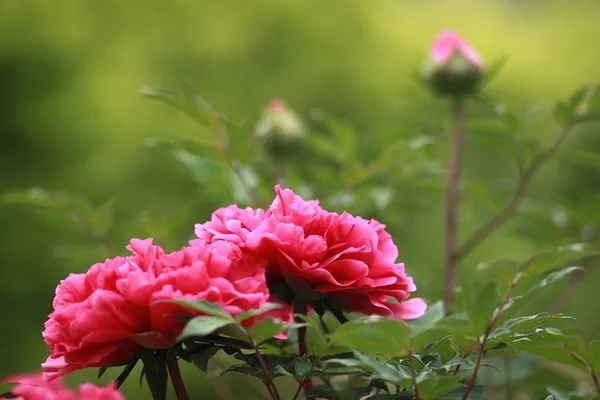Wild rabbits, with their endearing appearance and boundless energy, are not only ubiquitous in many environments but also play a crucial role in ecosystem dynamics. As herbivores, their diet predominantly consists of plant material, including grasses, herbs, and flowers. Among these, flowers hold a particular allure for these furry foragers. In this article, we delve into the intricate relationship between wild rabbits and flowers, shedding light on their dietary preferences, ecological significance, and implications for conservation efforts.
The Dietary Preferences of Wild Rabbits
Wild rabbits, belonging to the family Leporidae, exhibit a diverse range of dietary preferences depending on their habitat and seasonal availability of food. While they primarily consume grasses and herbs, flowers hold a special place in their diet. Rabbits are known to consume a variety of flower types, including dandelions, clover, thistle, and black-eyed Susans, among others.
Their preference for flowers can be attributed to several factors. Firstly, flowers tend to be rich in nutrients, including carbohydrates, proteins, vitamins, and minerals, which are essential for the rabbits’ growth, reproduction, and overall health. Additionally, flowers often have a higher moisture content compared to other plant materials, helping wild rabbits stay hydrated, especially in arid environments.
Furthermore, the aromatic compounds present in flowers not only enhance their palatability but also serve as cues for wild rabbits to locate food sources. Rabbits have a keen sense of smell, allowing them to discern between different plant species and select those that are most nutritious and suitable for consumption.
Ecological Significance of Flower Consumption
The consumption of flowers by wild rabbits plays a significant role in shaping plant communities and ecosystem dynamics. By selectively feeding on certain flower species, rabbits can influence plant diversity and abundance within their habitat. This selective herbivory can have cascading effects on plant populations, as well as on the composition of associated herbivores, predators, and other organisms.
Moreover, wild rabbits contribute to seed dispersal through their feeding habits. After consuming flowers, rabbits often disperse seeds through their feces, aiding in the germination and dispersal of plant species across the landscape. This process not only facilitates the colonization of new areas by plants but also promotes genetic diversity within plant populations.
Additionally, the foraging behavior of wild rabbits can indirectly benefit other wildlife species. By creating patches of disturbed vegetation through their feeding activities, rabbits provide habitat and foraging opportunities for small mammals, birds, and insects. These microhabitats serve as important refuges for various species, contributing to overall biodiversity and ecosystem resilience.
Implications for Conservation
Understanding the dietary preferences of wild rabbits, particularly their affinity for flowers, is essential for effective conservation and management strategies. In ecosystems where rabbits are abundant, their impact on plant communities must be carefully monitored to prevent overgrazing and the depletion of sensitive plant species.
Conservation efforts should focus on maintaining habitat connectivity and preserving natural plant diversity to ensure a sustainable food supply for wild rabbit populations. This may involve restoring degraded habitats, implementing grazing management plans, and controlling invasive plant species that compete with native flora.
Furthermore, conservationists can leverage the role of wild rabbits as seed dispersers to promote the restoration of degraded landscapes. By encouraging the presence of rabbits in restoration areas, either through habitat enhancement or reintroduction programs, we can facilitate the regeneration of native plant communities and enhance ecosystem resilience.
However, it is crucial to strike a balance between the conservation of wild rabbits and the protection of agricultural interests. In regions where rabbits pose a threat to crops and vegetation, non-lethal methods of deterrence, such as fencing, repellents, and habitat modification, should be employed to mitigate conflicts between humans and wildlife.
Conclusion
The dietary habits of wild rabbits, particularly their fondness for flowers, highlight the intricate relationships between herbivores and their environment. By selectively consuming flowers, rabbits influence plant communities, seed dispersal dynamics, and ecosystem structure and function. Understanding these interactions is essential for implementing effective conservation strategies that promote the coexistence of wildlife and human activities.
Moving forward, interdisciplinary research and collaborative efforts between scientists, land managers, and stakeholders are paramount to safeguarding wild rabbit populations and their habitats. By embracing the ecological significance of wild rabbits and their dietary preferences, we can strive towards a more harmonious balance between biodiversity conservation and sustainable land use practices.


